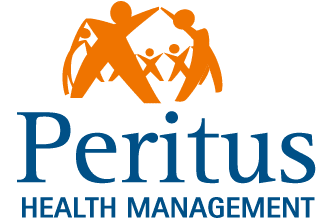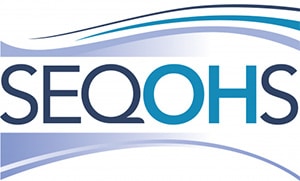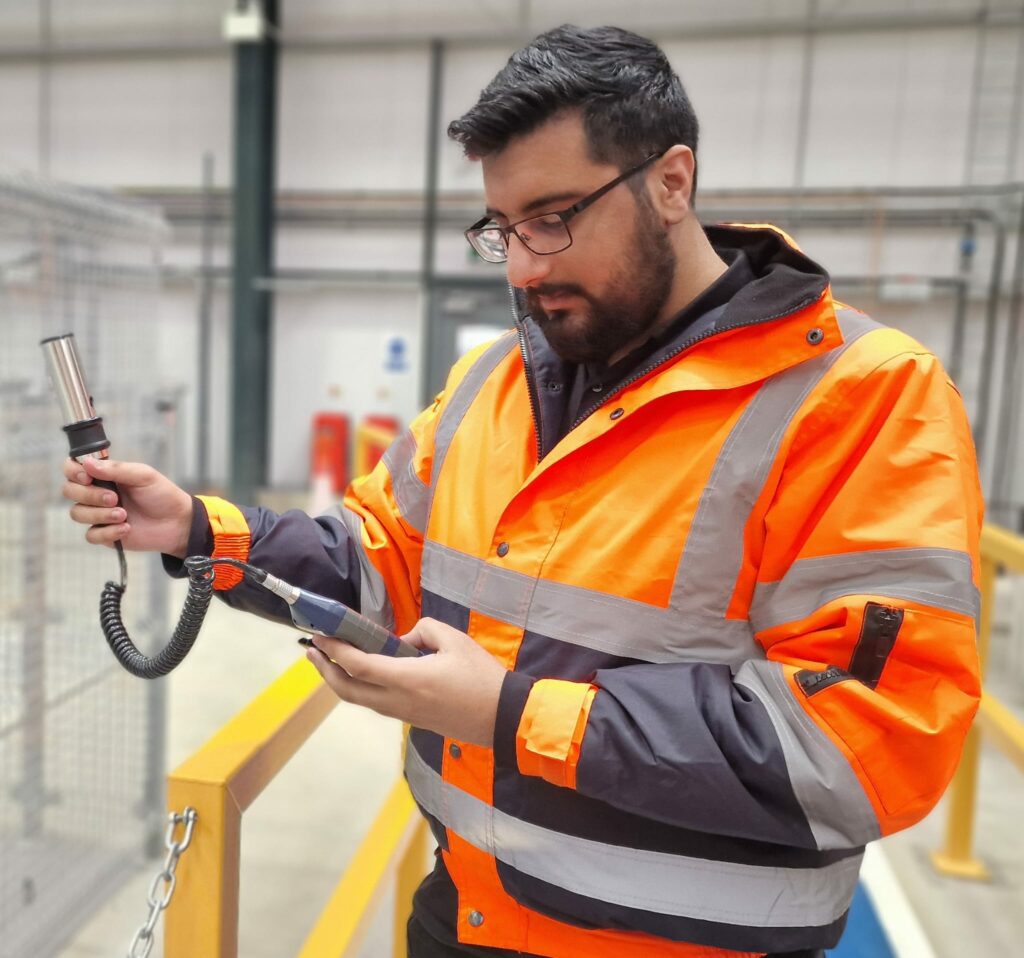If somebody told me that I would be measuring respirable crystalline silica (RCS) exposure in a quarry in Yorkshire or welding fume in Birmingham whilst studying Biomedicine, I would have said “what on earth are you talking about?” My degree dissertation was on the respiratory sinus arrythmia so when I first saw the advert for an occupational hygienist role in an integrated consultancy for Occupational Health & Occupation Hygiene I was intrigued.
Since then, I have not looked back as every week is full of new experiences and learning. After my safety critical workers medical, my first week was spent on site in fabrication company in Manchester with our Senior Occupational Hygienist. I was amazed to see the science behind what is needed to carry out a competent exposure monitoring survey. Every site visit undertaken since then, I am constantly learning about the aspects of air exposure monitoring, legislative requirements, and the nuance around the individual industry sectors.
Our lead Occupational Hygienists said to me in my interview “Every day is a school day – this applies to us as much as it applies to you”. This is very true and every day I am learning. I am so pleased I have made this route of Occupational Hygiene my career choice.
However, my story doesn’t end here. Air monitoring is more than just collecting data on the day, it is about controlling exposure at the source. One of the valuable tools I use is the dust lamp (Tyndall Beam) technique. This enables me to identity potential exposure sources and more importantly peak exposures, and it doesn’t stop there. I have just recently been signed off for Breathing Air Quality (BAQ) testing for air fed RPE (Respiratory Protective Equipment). If you told me, I would be carrying out all these different types of Occupational Hygiene techniques when I studied at University – I would not have believed it.
I can’t recommend strongly enough a career in Occupational Hygiene.



